Mid-summer wildflowers are giving way to those that bloom in late summer. I am still seeing some American bellflower, jewelweed, and white snakeroot flowering along central Iowa bike trails, but more common evening primrose, wingstem, and goldenrods have been blooming lately.
Today’s featured plant is in the Monarda genus of the mint family. Many mints are of European origin, but Monarda plants are native to North America, including Monarda punctata. Better known as spotted bee balm or spotted horsemint, Monarda punctata is related to horsemint (wild bergamot, or bee balm), which I see much more often along bike trails, as well as to the bright red Oswego tea. Spotted bee balm doesn’t grow as tall as those relatives; plants can range from six inches to three feet in height. The Illinois Wildflowers and Minnesota Wildflowers websites contain botanically accurate descriptions of the leaves and flowers. The plants attract many pollinators and grow easily in gardens. The Minnesota Wildflowers site notes, “Crushed leaves and seedheads both green and dried give off a wonderful pungent odor and which I’ve…loved as a potpourri.”
Several pictures of spotted bee balm are after the jump. I took all of the photographs just off the Windsor Heights bike trail, in the large patch of native plants growing behind the Iowa Department of Natural Resources building on Hickman. Thanks to Bleeding Heartland user zborinka, who was one of the people to identify this plant for me.
This post is also a mid-week open thread: all topics welcome.
Closer view of spotted bee balm:
View from above:
Spotted bee balm with some black-eyed Susans:
Black-eyed Susans in the lower right and upper right; spotted bee balm in the middle, partridge pea on the upper left:
From upper left to lower right: partridge pea, buffalo bur nightshade, spotted bee balm.
From upper left to lower right: partridge pea, buffalo bur nightshade, spotted bee balm, black-eyed Susans:

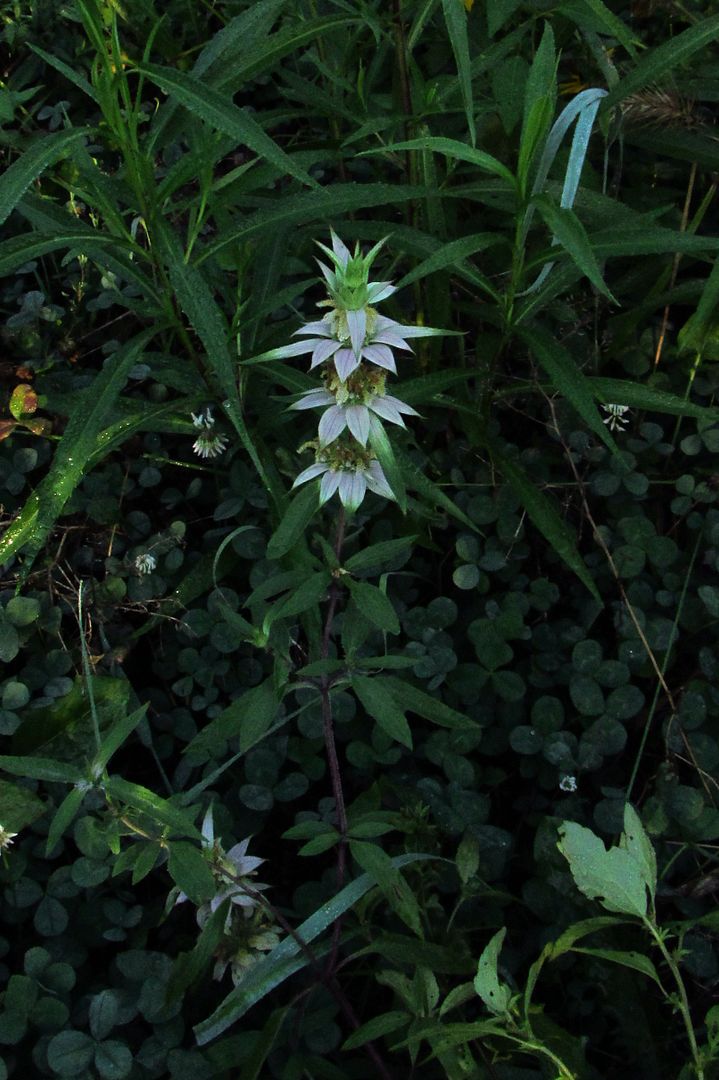
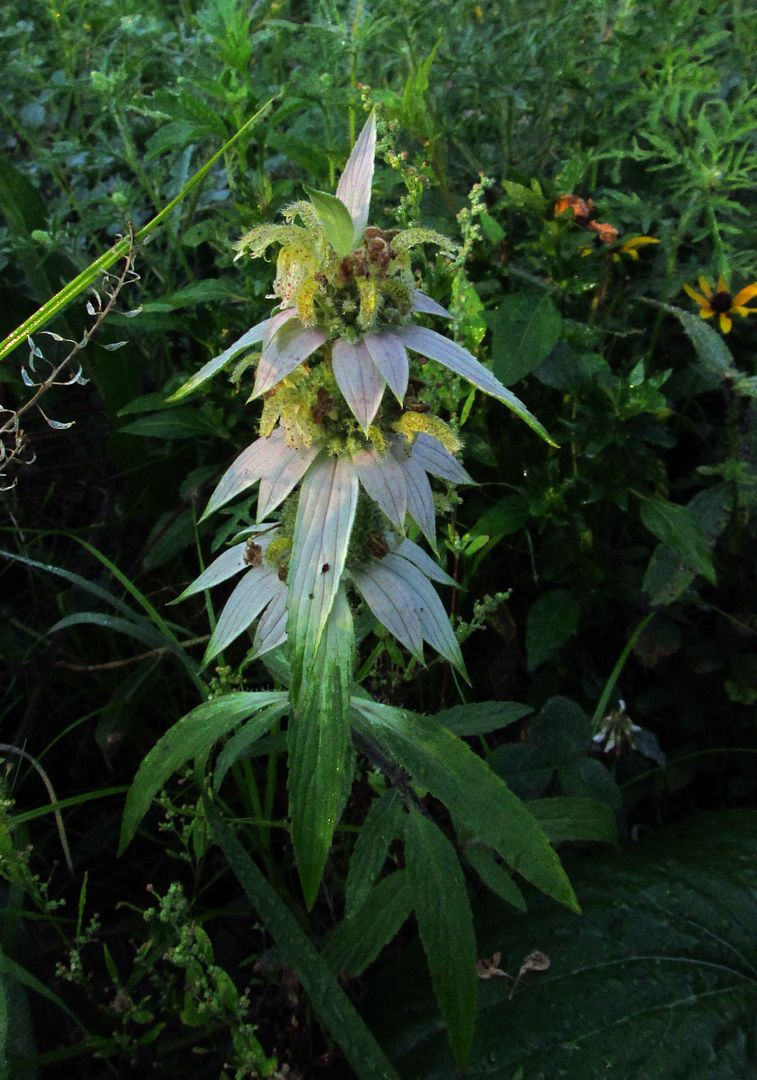

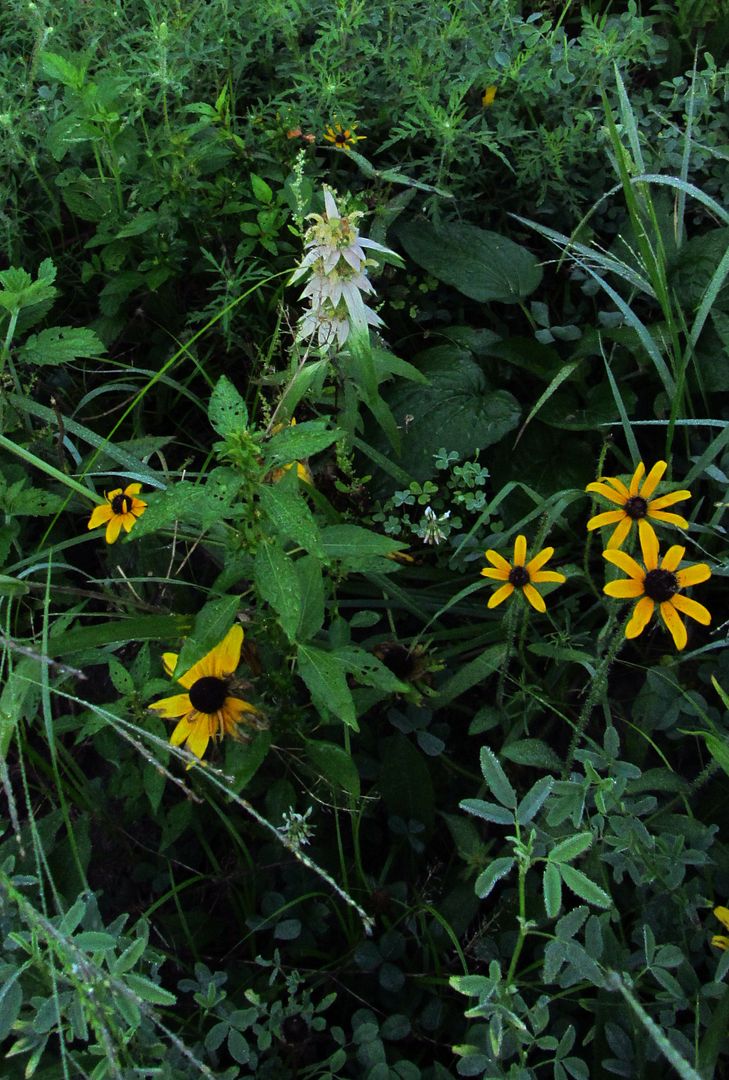
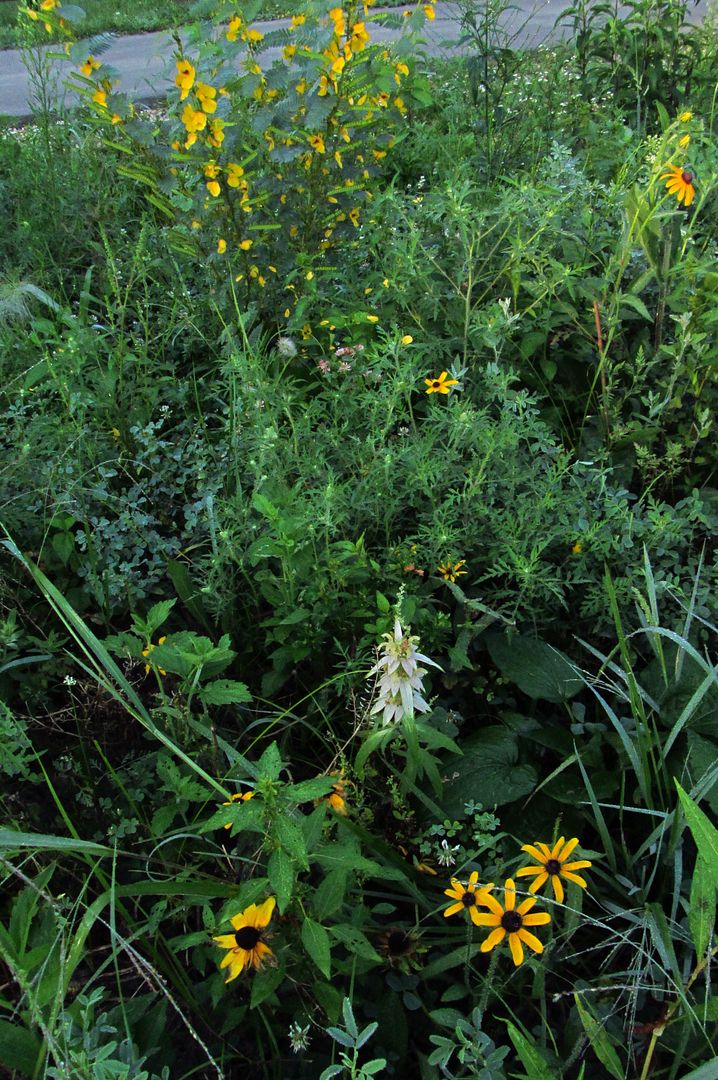
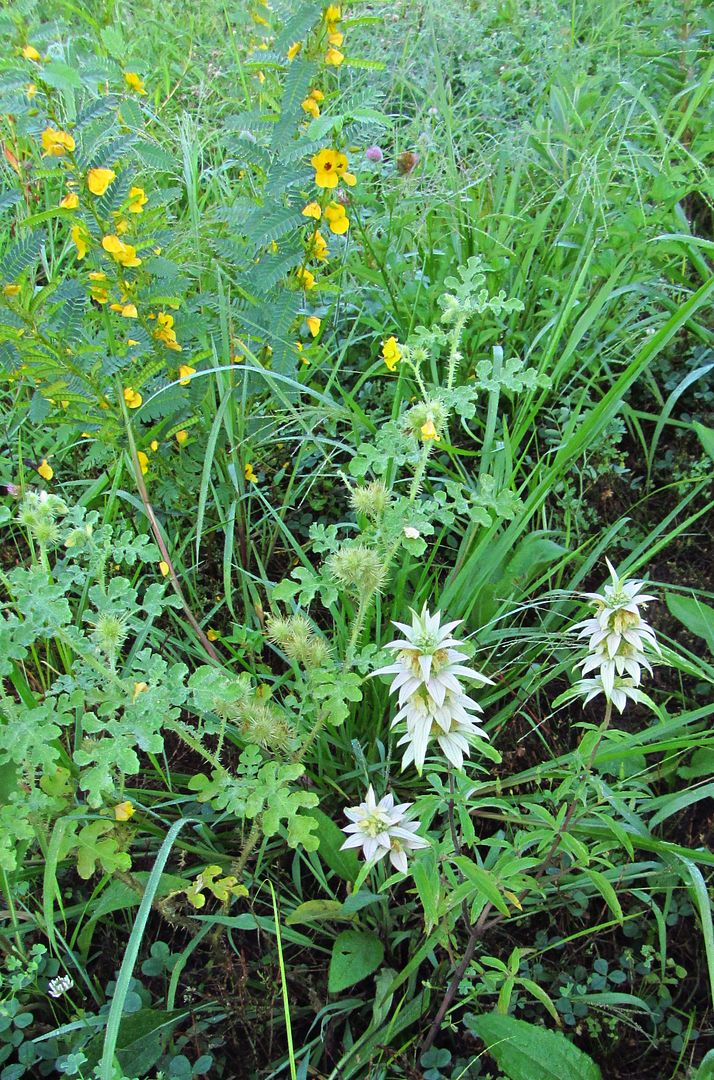
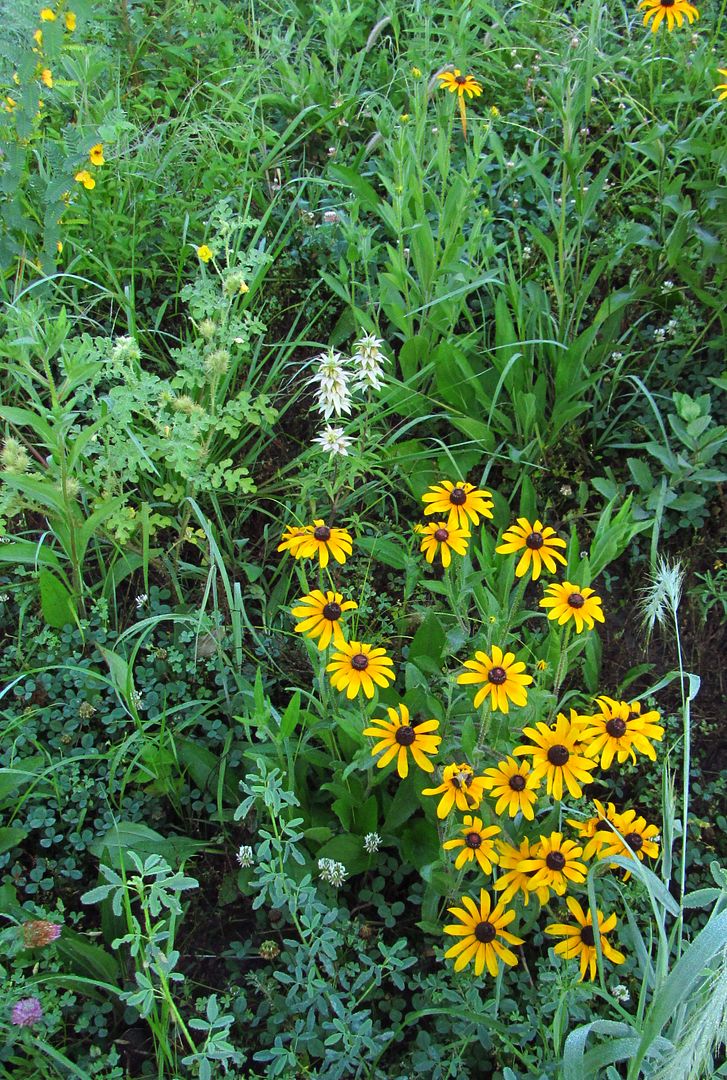
2 Comments
Spotted Bee Balm
An identical plant grows on the Des Moines River bluff by the McHenry Park bike path, not far below the edge of the bluff. I thought that it might be in the genus Blephisia, but you’re onto it. A nice snag, and apparently a native species that’s coming back by way of restoration seed mixes.
compassplant Tue 1 Sep 9:38 PM
Monarda punctata
This species is not native to Central Iowa according to my old copy of VASCULAR PLANTS OF IOWA, but maybe there are exceptions or there has been an update. It’s definitely being used in seed mixes.
PrairieFan Tue 9 May 12:54 AM